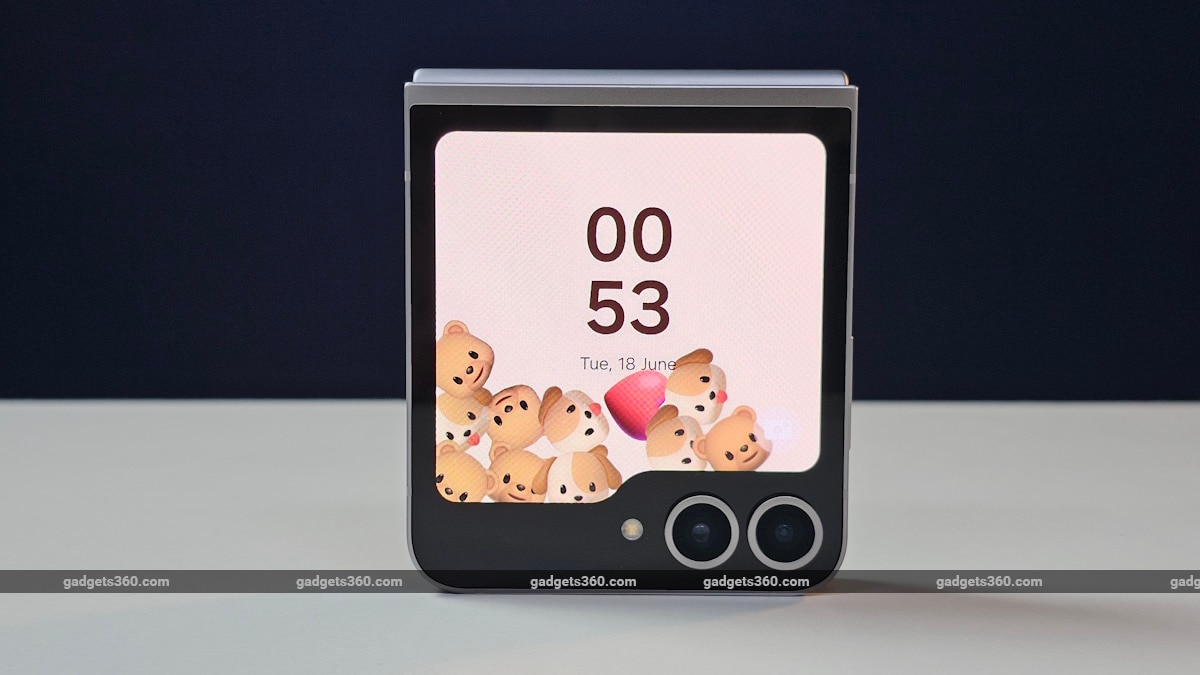Samsung’s upcoming clamshell-style foldable Z Flip could feature a different kind of ear speaker that will help users answer calls privately even when folded. Currently, users can only answer calls on the Galaxy Z Flip 6 using the phone’s speaker when it is closed, which does not allow the call to be private, requiring the user to open the flip to answer the call privately. Samsung and LG are reportedly working on a new solution that will hopefully bypass this obstacle and help create more space for other smartphone components.
According to a Korean newspaper, Sisa Journal, Samsung is working with LG to develop a new type of display that will replace the usual speakers found on all types of smartphones. However, development is mostly focused on foldable devices, especially clamshell models that currently have to be fully opened to answer calls privately.
The new display currently in development will reportedly use piezoelectric technology to vibrate the screen to produce sound. The technology should ideally work well enough to replace the ear speaker that is present behind the punch-hole display on all smartphones today.
This piezoelectric speaker, according to the report, will be built into the display in layers and therefore will not require any additional equipment. Since the two components are joined together, it is said to reduce the need for a dedicated speaker that can take up space behind the display on top of the smartphone. This would make room for other components, which is always good to have given the space constraints inside most clamshell foldables.
The researchers explain that the integration of this speaker technology into the cover display enables two different audio sources, allowing users to place their ear directly on the cover display and answer calls privately for the first time.
The use of piezoelectric technology is not new. Xiaomi’s Mi Mix was the first brand to introduce the technology to a production smartphone back in 2016. The device (which went on sale only in China) used a piezoelectric acoustic ceramic in-ear speaker as well as an ultrasonic proximity sensor instead of the traditional front-facing infrared sensor in its quest to remove the bezel (at least around the top of the smartphone).
The selfie camera is oddly placed in a thick bezel at the bottom to provide a distraction-free viewing experience at the top. The phone also had a ceramic back panel. The phone finally arrived in India in the form of the Mi Mix 2, which unfortunately skipped the new speaker technology in favor of a traditional one.
